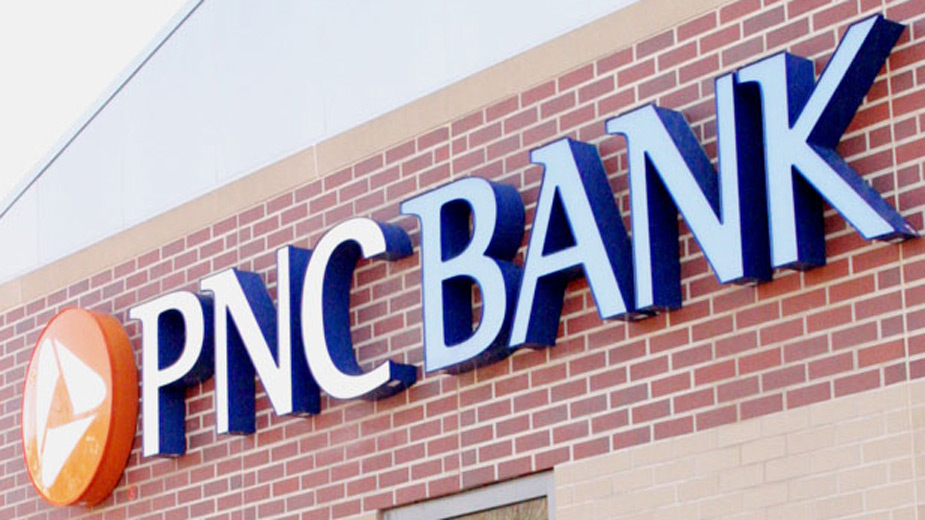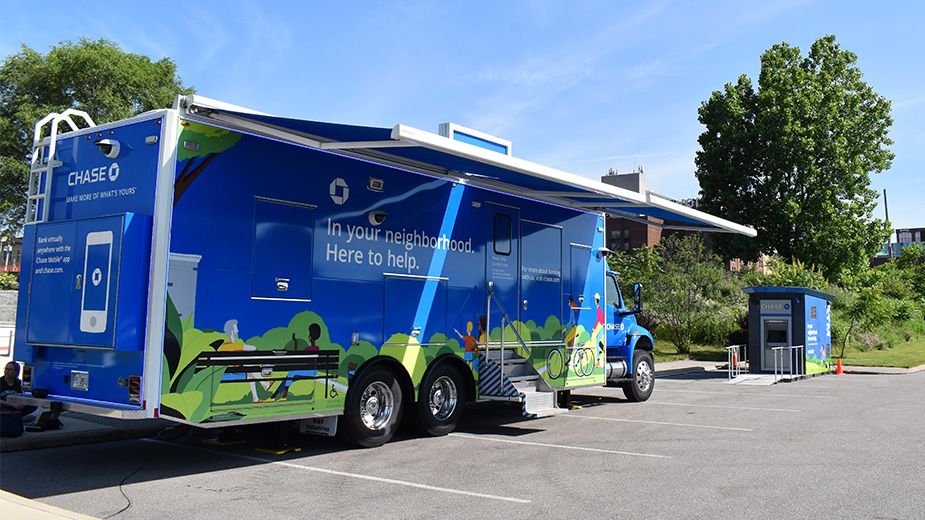PNC Survey: Business Owners See Bright Futures
PITTSBURGH, Pa. – Owners’ optimism about the outlook for their businesses in the next six months has reached a 20-year survey high, according to results from PNC’s latest semiannual survey of small and midsize businesses.
Six in 10 business leaders feel highly optimistic about the prospects for their own company despite remaining cautious about the national and local economies. The gap between optimism for their companies compared with the broader U.S. economy is now at a survey high of 34 percent, nearly double the survey average of 18 percent.
The survey, now in its 21st year, also revealed that leaders are expecting a better overall business environment with nearly two-thirds (63%) expressing belief that business conditions in the U.S. will improve in the next six months, and a majority (58%) expecting to see sales increases in the same time frame.
“Although we expect the Federal Reserve to continue to raise interest rates in the spring of 2023 and economic growth is slowing, businesses remain optimistic about their own near-term prospects,” said Gus Faucher, chief economist of The PNC Financial Services Group. “In particular, business owners are finding that strong market conditions are prompting decisions to raise prices for the goods and services they offer.”
Business owners also see an easing in pricing pressures. Fewer businesses than in the past three rounds of the semiannual survey report that they plan to increase their own prices to customers by 5% or more in the next six months. In addition, fewer than half (47%) anticipate supplier prices to increase in the next six months, down from more than half (53%) last fall and returning to a level similar to a year ago (46%).
Fewer businesses (21%) expect consumer price increases of 5% or more in the U.S. economy, overall, compared with last fall (36%).
Supply chain concerns also are declining. More businesses expect supply chain timeliness to improve compared with six months ago, and fewer are experiencing inventory shortages. While supply chain disruptions remain the top worry for 2 in 10 (18%) owners, this area of concern no longer stands out significantly from others and, in fact, matches the proportion primarily concerned about the cost of materials (18%).
“It is clear that inflationary pressures are easing. Businesses are finding it easier to obtain materials and supplies, inventory levels are returning to normal and businesses are expecting inflation to slow. But with the tight job market, labor costs remain a concern,” Faucher said.
The portion of business owners expecting to increase their number of full-time employees declined from six months ago, while the difficulty in hiring remains constant. Specifically, a little more than 1 in 10 (13%) business owners expect to increase their number of full-time employees over the next six months, down from 2 in 10 (21%) last fall and a year ago (20%). A similar portion (15%) expect to increase the number of part-time employees over the same time frame, unchanged from last fall and up from 8% a year ago.
Among businesses actively hiring employees, more than one-third (36%) say it has become harder to hire qualified candidates over the past six months, similar to last fall (39%) and last spring (36%). The most common barrier among those having difficulty hiring is the lack of applicants (47%). Other challenges facing business leaders experiencing difficulty in hiring qualified employees include candidates’ lack of job-related skills or experience (22%) and compensation requirements that are higher than the business can afford to pay (19%).
Other findings in the survey include:
- Quest for credit: Nearly 2 in 10 (17%) business owners expect to request a loan or line of credit in the next six months, up from last fall (6%) and a year ago (11%). Among the 8 in 10 unlikely to request a loan or line of credit, more than three-quarters (77%) say they have no need for funds; one-quarter are hesitant to take on debt, less than 2 in 10 (16%) feel the cost of credit is too high and only a few (8%) have a concern about the loan process or the ability of the business to qualify.
- Preparing for cash flow issues: Three-quarters (74%) of businesses are currently maintaining an emergency cash reserve fund, up sharply from 58% last fall. Among businesses with an emergency reserve, half consider the amount to be about average (50%), similar to last fall (54%), while four in 10 say their current reserves are higher than what is typical for the business (41%), an increase since last fall (28%). Construction businesses are among those most likely to report higher reserves than normal (56%), particularly compared with 35% of service and 38% of retail/wholesale industry businesses.
Full national and regional survey results are available HERE.
Published by The Business Journal, Youngstown, Ohio.


